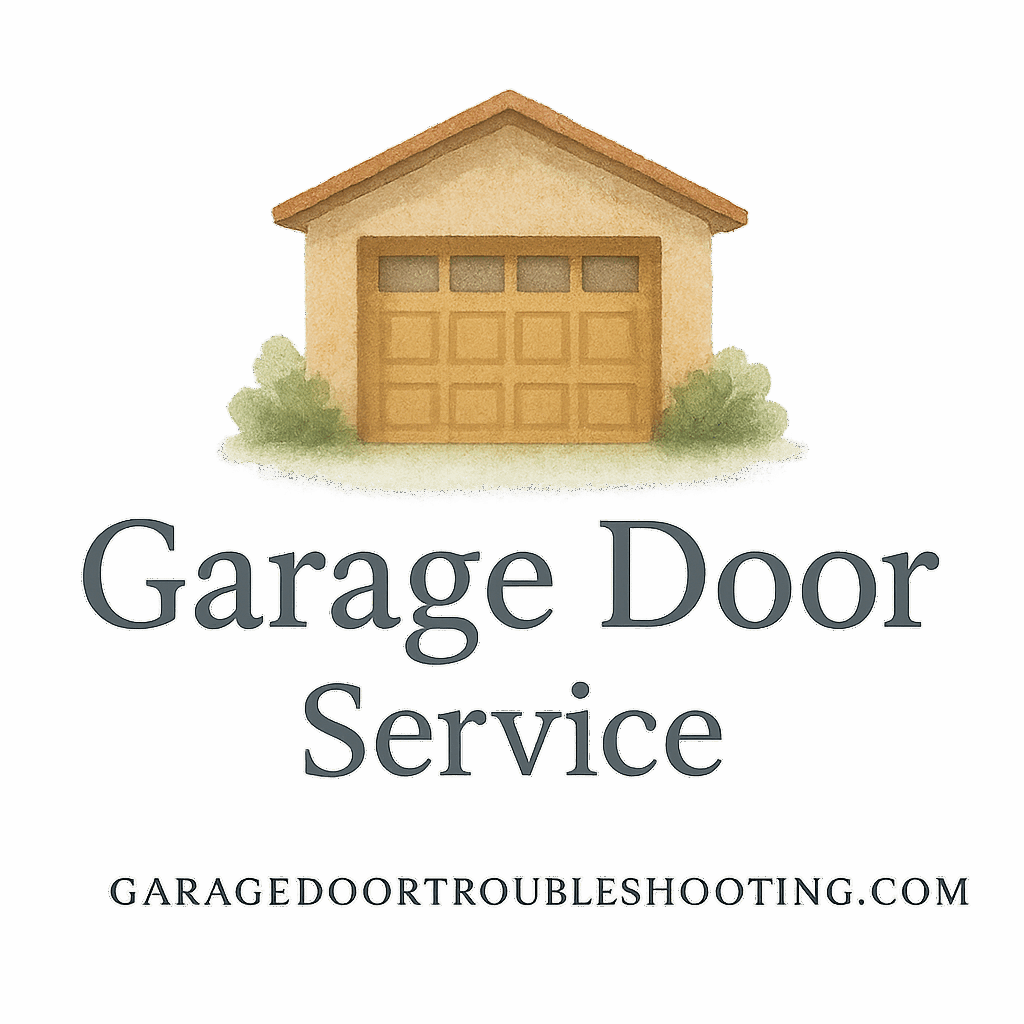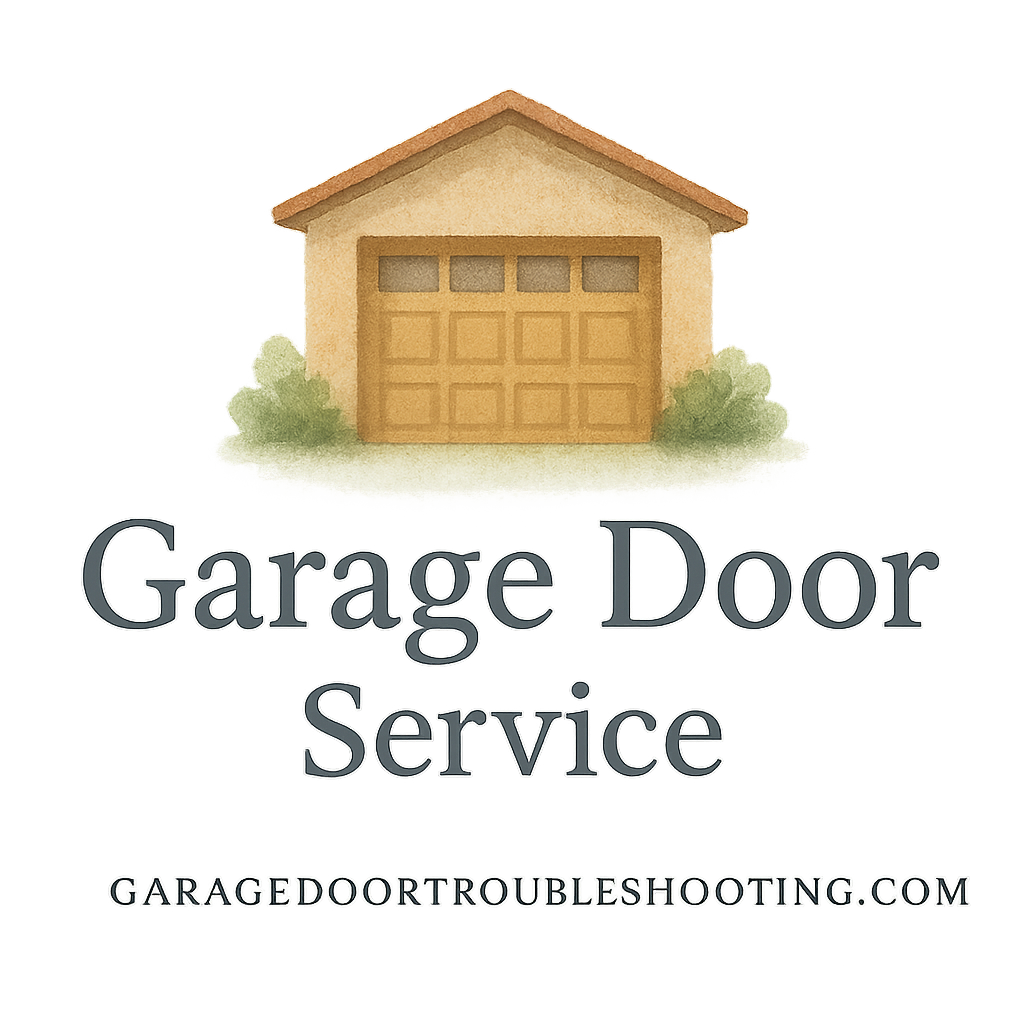Introduction: Why Spring Garage Door Repairs Matter
If your garage door feels heavy, uneven, or refuses to open smoothly, the culprit could be your springs. These tightly wound coils carry enormous tension, making your garage door function effortlessly. But when they fail, they can be dangerous. That’s why knowing a few safe DIY tips for spring garage door repairs can save you money while keeping your home secure.
Understanding the Role of Garage Door Springs
Before diving into tools and safety gear, let’s talk about why springs are so critical. They do the heavy lifting, offsetting the weight of the garage door so the opener doesn’t strain itself.
Torsion vs. Extension Springs
- Torsion springs sit above the garage door, twisting tightly to store energy.
- Extension springs run along the sides, stretching and contracting as the door moves.
Each type has its quirks, so knowing what you’re working with makes all the difference.
Common Signs of Worn-Out Springs
- The garage door slams shut suddenly.
- You hear loud bangs when operating the door.
- The door feels heavier than usual.
- Gaps appear in the coil of the spring.
Spotting these early helps you take action before things get risky.
Safety First: Preparing for DIY Garage Door Repairs
Springs may look harmless, but they pack enough energy to cause serious injury. That’s why safety prep is non-negotiable.
Essential Tools You’ll Need
- Winding bars (not screwdrivers)
- Adjustable wrench
- Clamps or locking pliers
- Socket set
- Step ladder
Protective Gear Checklist
- Safety glasses
- Leather gloves
- Long-sleeved clothing
- Closed-toe shoes
Preparation sets the stage for a safe repair process.
DIY Tip 1: Disconnect the Power Before Starting
Your garage door opener should always be unplugged before repairs. It prevents accidental activation that could turn a small task into a serious accident.
For additional guidance, check out these garage door safety and security tips.
DIY Tip 2: Secure the Door in Place
A moving garage door is a recipe for disaster. Clamp the door to the track to keep it steady. This way, the heavy door won’t slam down unexpectedly.
Want more stability tips? See this homeowner’s garage door advice.
DIY Tip 3: Identify the Type of Spring You’re Working On
Never assume all springs are the same. Torsion springs require winding bars, while extension springs need safety cables. Using the wrong method can damage your door—or worse, injure you.
Learn more in the garage door installation advice guide.
DIY Tip 4: Release Tension Gradually and Carefully
This step separates the cautious DIYer from the careless one. Springs must be unwound slowly using winding bars. Avoid shortcuts—spring tension can snap back violently if mishandled.
If this sounds intimidating, consult the garage door repair guides.

DIY Tip 5: Use the Right Replacement Parts
Not all springs are created equal. Measure carefully and buy replacements that match your door’s weight and height. Using mismatched parts is like wearing the wrong size shoes—it just won’t work right.
See the garage door buying guide for help choosing the correct parts.
DIY Tip 6: Lubricate Moving Components
After replacing or adjusting springs, lubrication keeps everything running smoothly. A silicone-based spray reduces friction and prolongs the life of your hardware.
For more tips, explore garage door maintenance advice.
DIY Tip 7: Test Balance and Alignment After Repairs
Once repairs are complete, disconnect the opener and manually lift the door. If it stays halfway open, you nailed it. If not, adjustments are still needed.
Consistent balance testing helps prevent dangerous garage door repairs.
DIY Tip 8: Know When to Call a Professional
Sometimes, the smartest move is stepping back. If your springs are beyond DIY limits, don’t gamble. A trained technician ensures your family’s safety and saves you time.
Dangers of Taking Repairs Too Far
DIY can turn into D-I-Why-Did-I-Do-This if you ignore warning signs. Springs under extreme tension can whip back unexpectedly, causing broken parts—or worse, broken bones.
Benefits of Hiring Expert Garage Door Services
Professional help means guaranteed safety, correct installation, and peace of mind. Check out garage door services from professionals.
Long-Term Safety Practices for Homeowners
Regular Garage Door Maintenance Plans
A consistent maintenance plan prevents sudden breakdowns and costly emergency calls.
Seasonal Inspections and Safety Precautions
Each season brings unique wear-and-tear challenges. Routine inspections let you catch small issues before they grow. Explore more about safety precautions.
Conclusion
DIY spring garage door repairs aren’t impossible, but they demand respect. With the right tools, safety steps, and these 8 DIY tips, you can handle basic issues confidently. Just remember—when in doubt, professionals are your safest bet. A well-maintained garage door means safety, convenience, and peace of mind for your family.
FAQs
- Can I replace garage door springs myself?
Yes, but it’s risky. If you lack experience, it’s best to call a pro. - How often should garage door springs be replaced?
Typically every 7–9 years, depending on usage. - What’s the cost of professional spring repair?
It varies, but averages between $150–$300. - Why does my garage door slam shut?
Your springs may be worn out or broken. - Do I need special tools for torsion spring repair?
Yes—winding bars are essential for safety. - Can lubrication fix a noisy spring?
It helps reduce noise, but it won’t fix serious wear. - What’s the biggest danger of DIY spring repair?
Improperly handled tension, which can cause severe injury.


